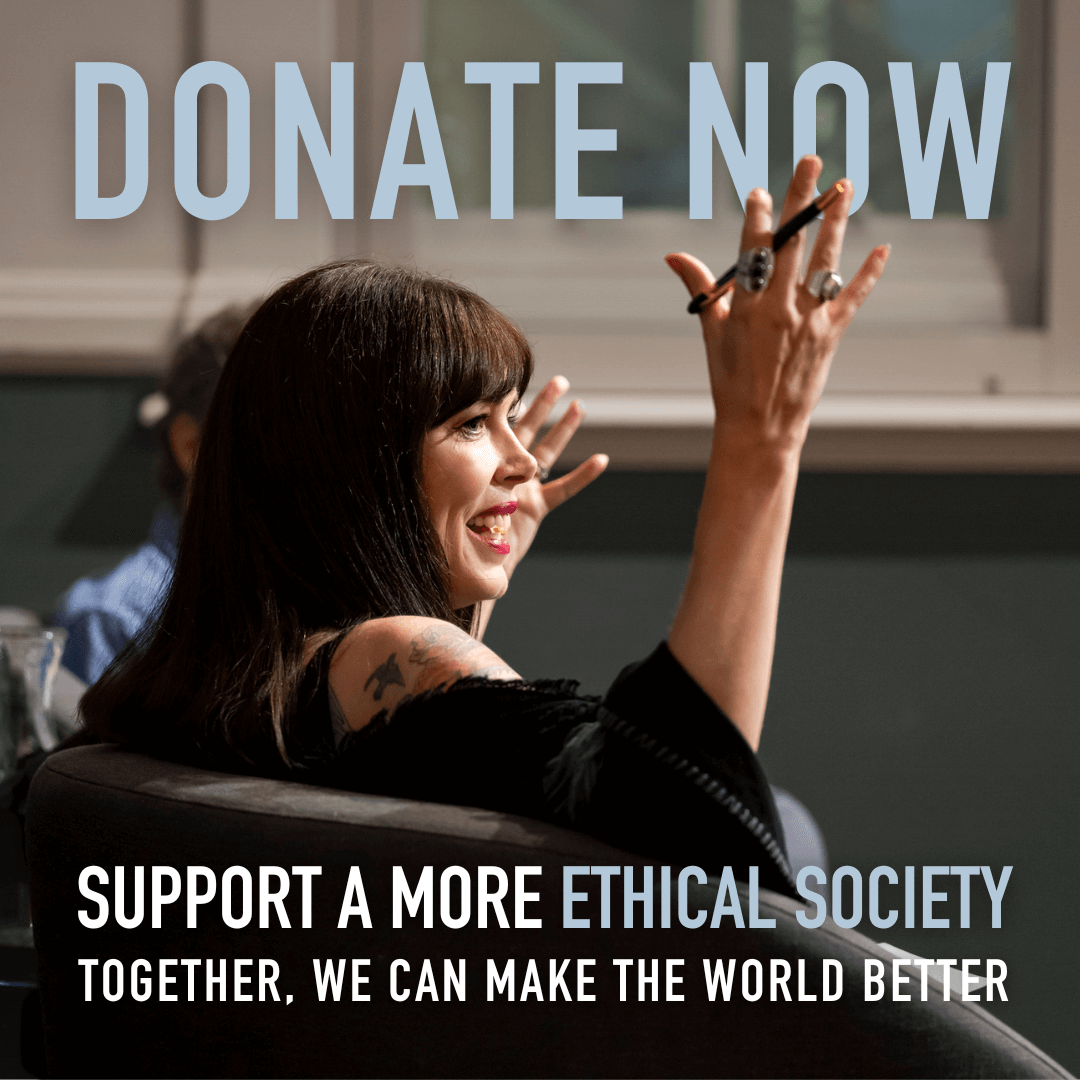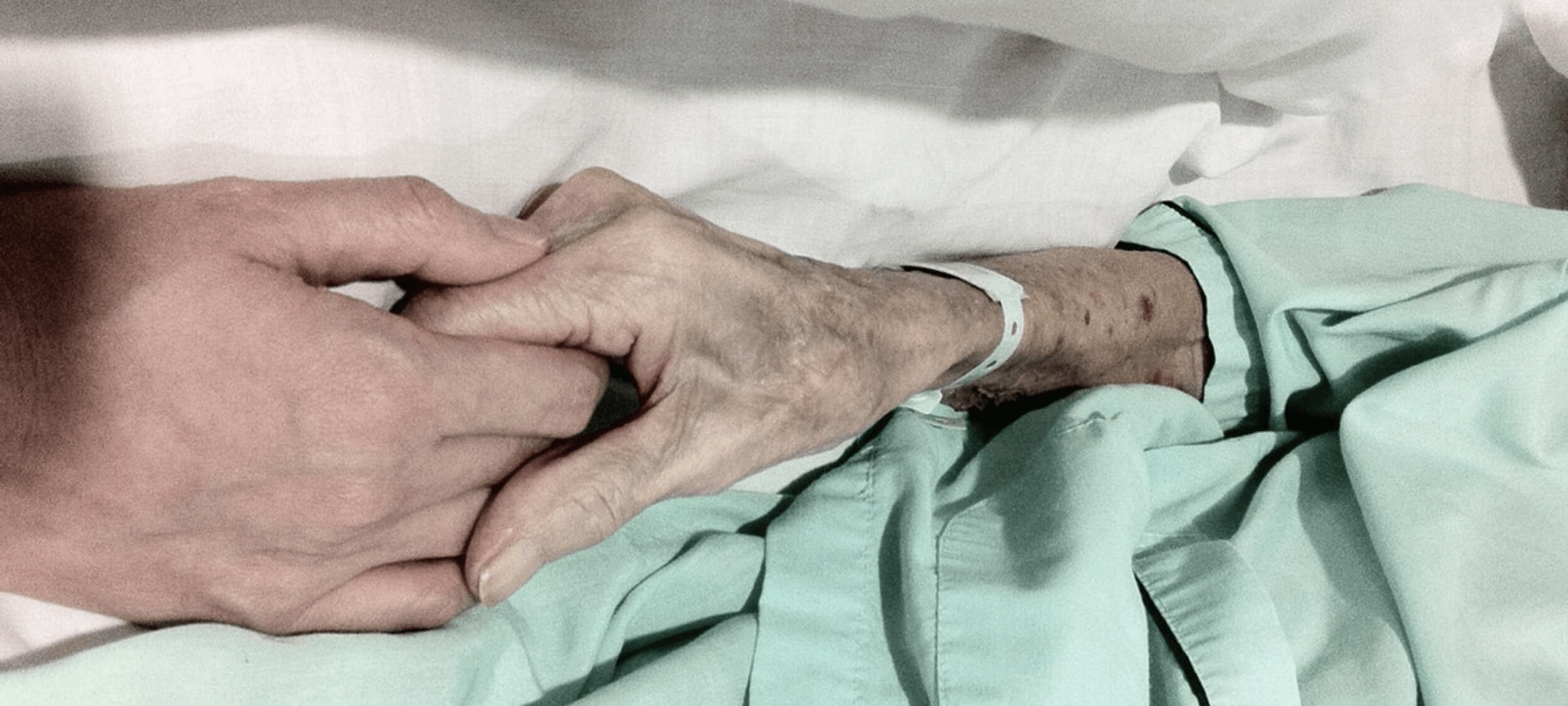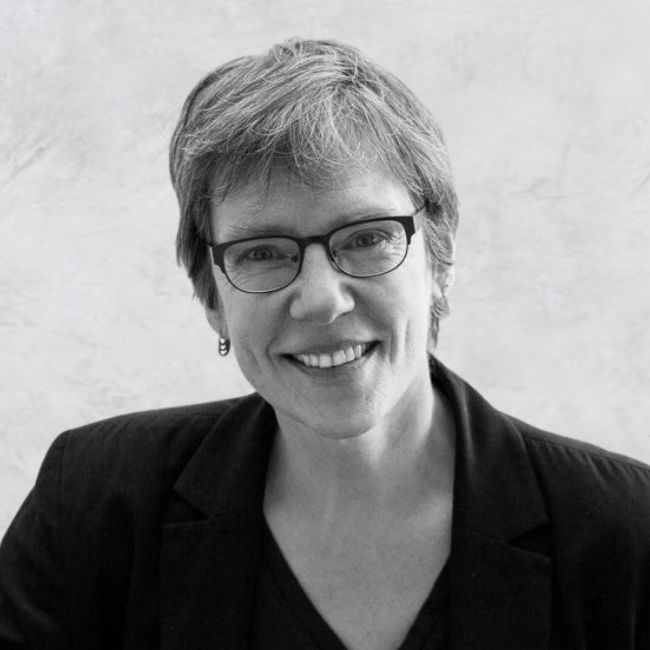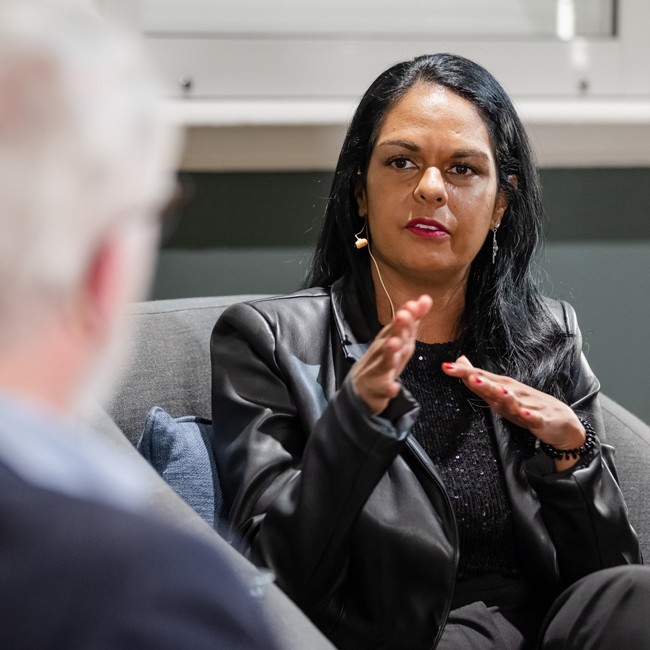
Do Australia’s adoption policies act in the best interests of children?
Opinion + AnalysisPolitics + Human RightsRelationships
BY Jane Hunt The Ethics Centre 14 MAR 2016
During the last year, I have listened and talked with practitioners, policy makers, adoptees, adoptive parents, children and young people in care, and birth families.
I have heard of the best and worst of human beings. My heart has constricted hearing about the profound harm some have experienced, and it has swelled in joy at the love that human beings can have for each other.
Research shows unequivocally that multiple placements have a negative impact on children.
Adoption in Australia has become fraught in all aspects – politics, policy and practice. It is a complex social issue that presents ethical and moral dilemmas for Government, the NGOs working with vulnerable and at-risk children, and for the broader community. It is complex and nuanced, with no clear response that will work in all cases. And it is highly emotionally charged.
In Australia, there are more than 43,000 children in ‘out of home care’. These children are identified as being ‘at risk’ and cannot remain in the care of their biological parents. They have been removed by child protection practitioners and, depending on the child’s circumstances, have been placed in the care of extended family, or with a guardian, or in short-term foster care.
Once children have been removed, the efforts of the child protection workers and other support services are framed to support the birth parents and to help them to reunify with their children. And this is where one of many ethical dilemmas emerges for the practitioners, policy makers and legislators.
How many opportunities should biological parents be given to demonstrate they are able keep their children safe and parent them? What level of support and services should they receive? And in the meantime, how long should a child stay in temporary care? How many placements is it tolerable for a child to experience?
These are difficult decisions for practitioners to make – each child’s situation is different. One practitioner described weighing up whether to return a child to their birth family against the risk of harm to the child as one of his hardest challenges. Having worked overseas, he believed that in Australia, the scales have tipped toward ‘restoration’ with birth families at all costs. This is not appropriately counter-balanced with an assessment of the risk of harm to children in the process.
Adoption in Australia has become fraught in all aspects – politics, policy and practice.
Compounding the situation is the problem of the availability and quality of foster carers able to care for vulnerable children. One practitioner in a regional town told me of a situation where she had to make a decision not to remove a child from a harmful situation because they did not have an appropriate foster carer available. The fact the child remained in an abusive family environment weighed heavily on the practitioner’s conscience.
Adoption, child protection and out of home care policy and legislation are founded on the assumption that decisions must be made in the ‘best interests of the child’. There is, however, no universally agreed upon definition of what this means.
Foster care is, by nature, temporary. There is always the possibility for the child that their relationship with their carers will end. This means some children experience multiple placements in foster care.
Sometimes the reasons for a change of placement are compelling – to be nearer their school, with siblings or nearer extended family members. However, research shows unequivocally that multiple placements have a negative impact on children.
Lack of security and attachment can have profound impacts on development. I’ve been told that multiple moves teach children that adults ‘come and go’ and cannot be trusted – a view corroborated by some young people in foster care who report feeling they ‘don’t belong’ anywhere.
Even the ‘Permanent Care Orders’ preferred in Victoria, which enable a child to live with a family until they are 18, fall short of providing a child or young person with the psychological and legal security of a family forever.
Why in Australia do we continue to provide a system that fails to meet children’s long term needs?
At the heart of this discussion lies a paralysing ethical dilemma – when a decision needs to be made to remove a child from their biological parents due to harm, neglect or abuse or when it’s not been successful, whose rights should be protected?
The right of the parent to keep their children, or the rights of the children to the conditions that will help them feel safe, secure and loved? Whose pain takes precedence? The parents’ loss and grief or the child’s trauma and pain?
The trauma caused by the historical practices of forced and closed adoptions has made many practitioners and politicians highly attuned to the needs of birth families. We need to learn from the profound hurt and trauma inflicted on many women who were coerced into relinquishing their children.
Adoption is not a panacea – it won’t be in the best interest of every child in long-term care.
The voices of adult adoptees who experienced secrecy, stigma and shame around their adoptions are deserving of understanding and compassion.
But considering or advocating for children to have access to adoption does not deny or ignore these experiences. It is important to learn from the impact of past practices and develop open adoption practices ensuring transparency and honesty for all involved, and provide support services that assist all parties involved in adoption.
It is also important to recognise that attempting to deal with an historical wrong – forced adoption – by loading the policy scales against adoption, creates a situation where everyone loses.
Adoption is not a panacea – it won’t be in the best interest of every child in long-term care, but it should be an option considered for all children that need permanent loving families. This then allows a decision to be made that is child focused and in their best interest.
There are many policy makers, practitioners, legislators, and families trying to acknowledge and navigate the ethical complexities of child protection, foster care and adoption. It is critical we continue in this direction, without being subsumed by the shame of our cultural past, to put the needs of vulnerable and at risk children first.
Ethics in your inbox.
Get the latest inspiration, intelligence, events & more.
By signing up you agree to our privacy policy
You might be interested in…
Opinion + Analysis
Health + Wellbeing, Relationships
Banning euthanasia is an attack on human dignity
Big thinker
Relationships
Big Thinker: Sally Haslanger
Opinion + Analysis
Politics + Human Rights, Relationships
A new era of reckoning: Teela Reid on The Voice to Parliament
Opinion + Analysis
Politics + Human Rights




